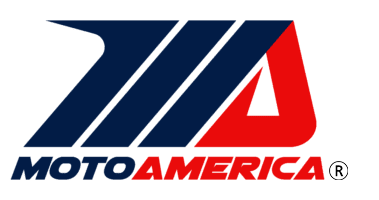
When the Honda CB750 debuted in 1969, it was universally hailed as a technological and performance breakthrough, but Honda just didn’t have the brand awareness in the U.S. to generate the sales figures it expected. So, in 1970, Honda focused its efforts on improving sales of its motorcycles, and specifically, the CB750, in the U.S. market.
Bob Hansen, Honda’s U.S. Service Manager, told Soichiro Honda himself that, if he wanted to sell CB750s in the U.S., he had to race them in the U.S. Hansen’s recommendation led to the creation of four unique CR750 racebikes, which were shipped to the U.S. just in time for the 1970 Daytona 200.

Honda had originally planned for British riders to race all four of the bikes in the 200, but they later assigned one of the CR750s to a team headed by Bob Hansen and with 1969 AMA Grand National Champion Dick Mann as the rider.
The British riders included Honda 50cc World Champion Ralph Bryans, along with Bill Smith and Tommy Robb. During practice, Bryans high-sided his bike out on the banking, and he crashed. The CR750’s aluminum fuel tank ruptured on impact and burst into flames, completely destroying the motorcycle. As a result, Bill Smith gave up his CR so that the more accomplished Bryans could compete in the 200. All of the bikes experienced mechanical issues in practice, and it was discovered that the problems were caused by the bikes’ magnesium crankcases expanding due to the engines’ high operating temperatures.
To eliminate the problems, three stock CB750 engines were sourced from local dealers and promptly modified using parts from the CR750 motors. During the engine swaps, Bob Hansen’s team spotted a weakness in their bike’s camchain tensioner, and they replaced it with a tensioner from a CB450. Unfortunately for British riders Bryans and Robb, their teams chose not to make the modification.
The three CR750s lined up on the starting grid alongside the brand-new triples from Triumph and BSA, as well as the first Harley-Davidson XR750 road racers. When the green flag dropped, Mann got the holeshot from his fourth-place starting position, and he already had a substantial lead by the first turn. Early in the race, the two other CRs experienced mechanical failures that caused them to drop out of the race.
After 53 laps of the Daytona road course, Mann took the checkered flag. It was his first Daytona 200 win after 15 attempts, and he gave Honda the boost in sales that they were after.
Due to the demand for CR750 racers following the 1970 Daytona 200 victory, Honda released limited-production CR750 “race kits,” which they supplied to a select group of dealers. Each kit transformed a stock CB750K streetbike into a track-ready racer using about 200 specially designed parts that were direct replacements for the factory components.
Dick Mann’s 1970 Daytona 200 win on a Honda CR750 is regarded by many as the one event that led to American Honda becoming the company it is today.








